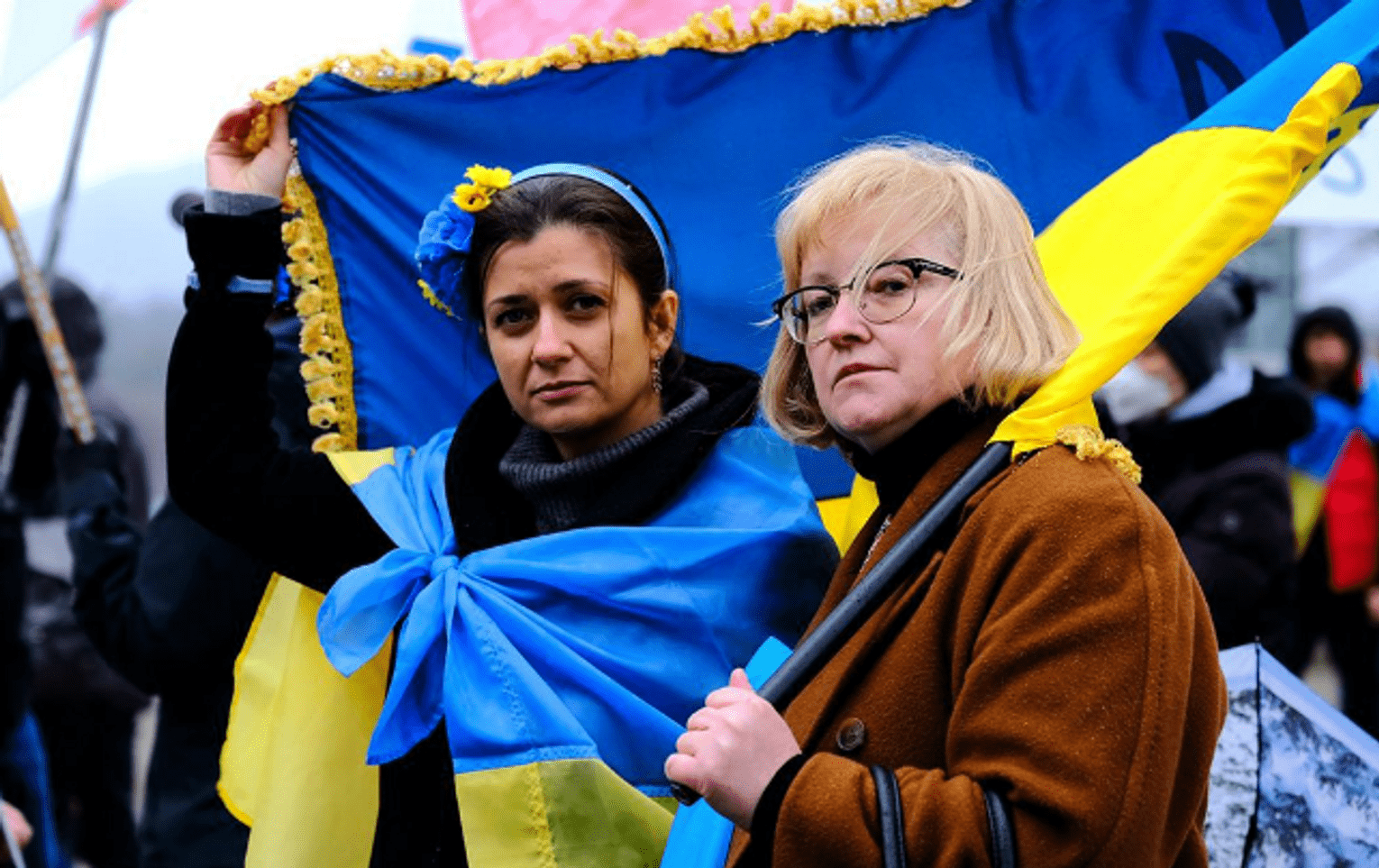“Solidarity account”: how much money European countries spent on Ukrainian refugees
12 November 21:00
European countries have spent 137.4 billion euros to support Ukrainian refugees since the beginning of the full-scale war. According to the Ukraine Support Tracker, Germany has provided the most aid, allocating 36.5 billion euros to help more than 1.2 million Ukrainians, "Komersant Ukrainian" reports.
This is followed by Poland with approximately 29.3 billion euros and about a million recipients, the Czech Republic with 8 billion euros and almost 397 thousand people under protection, Spain with 8.6 billion euros, France with 4.5 billion euros, and the United Kingdom with 3.8 billion euros. Significant expenditures were also recorded in Romania, Italy, Switzerland, and Belgium, where funding amounts to billions of euros.
In September 2025 alone, another 79,000 Ukrainian citizens were granted temporary protection in the EU, which is 49% more than in August, and the key countries remain three – Poland, Germany, and the Czech Republic. The current EU directive is valid until March 2027. After that date, Ukrainians will be able to apply for long-term residence under national procedures or decide to return.
What does the “bill” consist of and why is it growing?
Most of the expenses are housing and accommodation, medical care, children’s education, language courses, integration programs, cash payments, and administrative services of the state. In countries with high inflation and a shortage of rental market, each of these solutions becomes more expensive automatically: the state covers the cost of accommodation, compensates local authorities for school places and logistics, builds up the capacity of the healthcare system, and invests in employment and retraining. As the scope of support shifts from emergency to longer-term integration programs, the structure of expenditures changes: less cash subsidies and more educational and market-based instruments, including school vouchers and employment grants.
Read also: Where do Ukrainians go: Top countries that have accepted IDPs
Geography of the burden: where the costs are highest
Countries with the largest Ukrainian communities also show the largest bills. Some states emphasize cash payments and housing compensation, while others focus on direct services and local integration programs. Added to this are infrastructure costs, which are not always directly visible in budget statistics but actually finance the increased capacity of schools, hospitals, and public transportation.
Economic impact on host countries: spending today, taxes tomorrow
Despite the burden on budgets, for some European economies, the influx of Ukrainians has become a quick response to labor shortages in industry, logistics, agriculture, care and services. The rollout of language courses and easier access to the labor market has increased employment among Ukrainian women, which is traditionally more difficult for refugee waves. Each additional hour worked is returned in the form of taxes and social contributions, and also expands local demand for housing, transportation, and services. In the medium term, it is this transformation from a “maintenance cost” to an “investment in the workforce” that will determine how long EU countries can maintain the current level of assistance without increasing tax burdens.
For the Ukrainian economy, support for refugees in Europe works through two channels. The first is remittances to those families who stayed in Ukraine, which smooths out domestic consumer demand and stabilizes the exchange rate through foreign exchange earnings. The second is the development of skills and networks of contacts that will be needed during post-war reconstruction. The risk is that long-term migration of young skilled workers will become entrenched if the war drags on or infrastructure is slow to recover.
The EU’s decision to extend temporary protection until March 2027 gives Ukrainians time, but at the same time encourages the government and business to build reintegration scenarios: from tax incentives for return to joint employment programs with European employers.
Watch us on YouTube: important topics – without censorship
What to Expect by 2027: From Cost Economics to Integration Policy
The next two years will determine whether support for Ukrainians will turn into a sustainable integration policy or remain largely emergency. The answer depends on how systematically recipient countries are able to convert temporary payments into longer labor market contracts, as well as on the pace at which the housing shortage in megacities, where competition for rent is particularly high, is resolved. In the fall of 2025, a sharp jump in temporary protection decisions demonstrated that migration pressure persists, and thus budget expenditures will continue to be significant. For governments, predictability of funding is becoming a priority: a combination of national funds, EU support, and private sector participation, which already benefits from additional labor.
Read us on Telegram: important topics – without censorship









